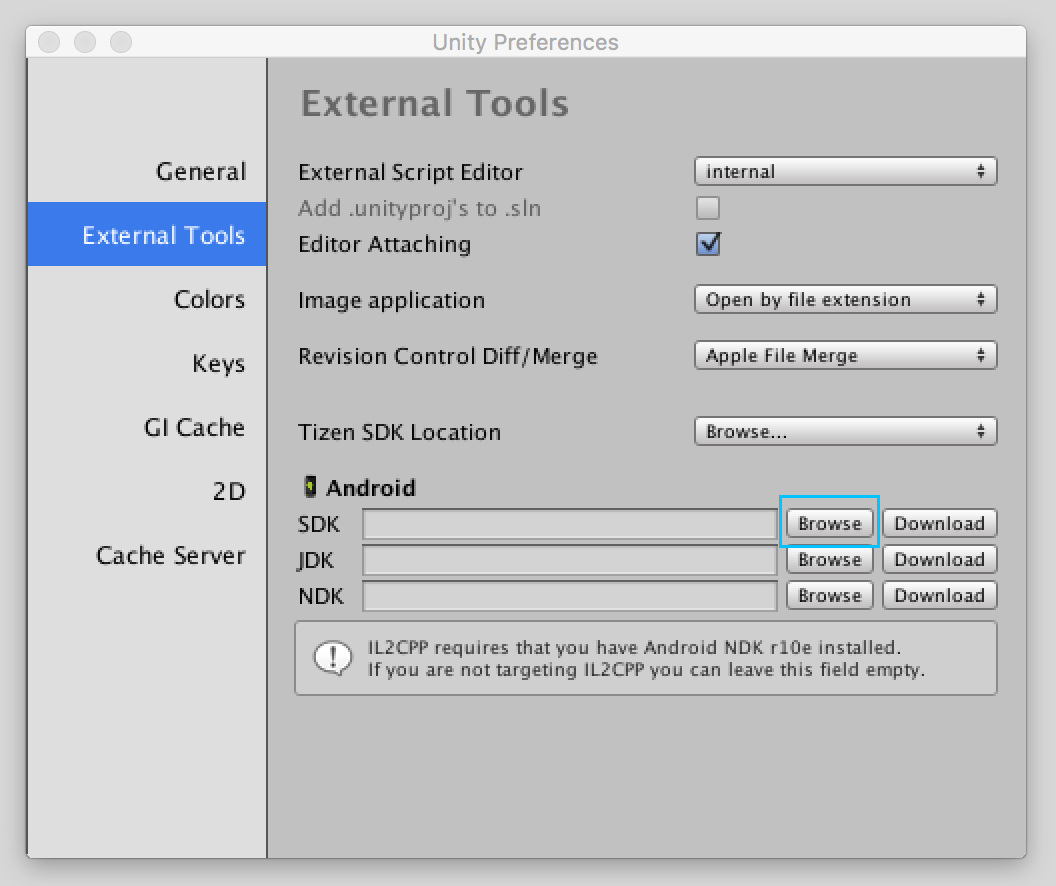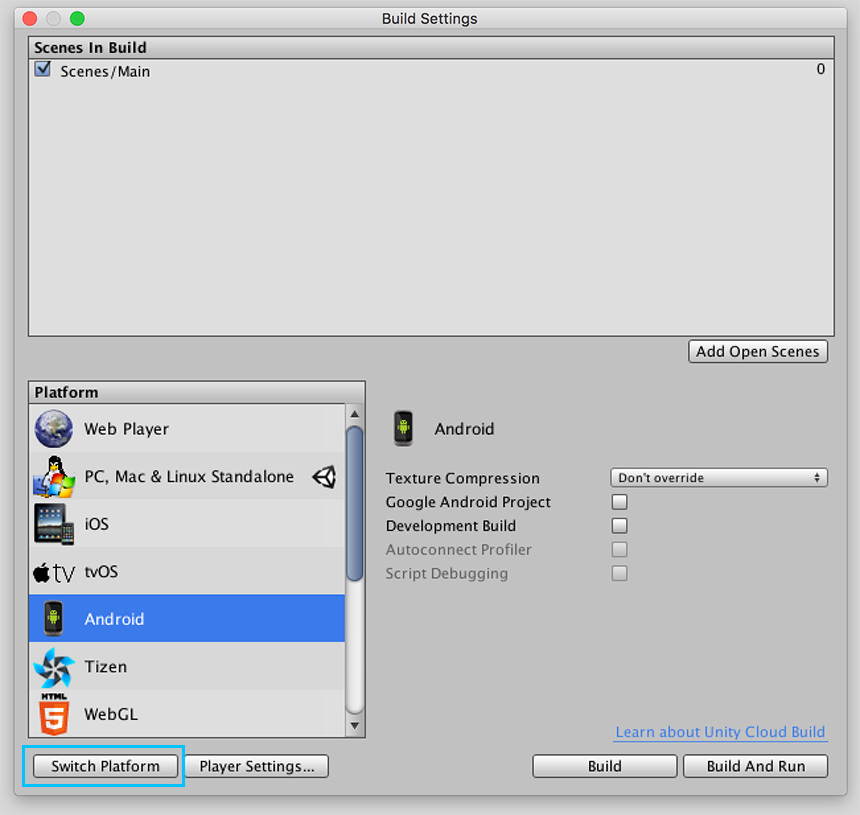- As of Chartboost Android SDK v8.0.1, our Android SDKs will be released as AAR. How to Integrate; Release Notes; Sample App; v8.2.0 for iOS v8.1.0 for Android.
- Just download the latest SDK platform-tools zip containing ADB and Fastboot binaries for Windows, Mac, and Linux from below and unzip it. You can then be able to execute ADB and Fastboot commands to install APK, reboot your Android into the bootloader mode and flash stock ROM and recovery images using your Windows, Mac or Linux or Ubuntu computer.
Android SDK Setup. Download the Android SDK. On your PC, go to the Android Developer SDK website. Download and unpack the latest Android SDK. Install the Android SDK. Enable USB debugging on your device. Connect your Android device to the SDK. Add the Android SDK path to Unity. Actually OS X very helpfully hides the /Library folder so it's not visible when browsing for it in Unity. My solution is the open terminal, cd /Library/Android then open. That'll open that folder inside finder. Then, with the file browser open in Unity, drag the sdk folder into the file browser. Android environment setup. Install Android Build Support and the Android SDK & NDK tools. Use the Unity Hub to install Android Build Support and the required dependencies.


In Visual Studio, navigate to Tools > Options > Xamarin > AndroidSettings to view and set the Android SDK location:
The default location for each path is as follows:



In Visual Studio, navigate to Tools > Options > Xamarin > AndroidSettings to view and set the Android SDK location:
The default location for each path is as follows:
Java Development Kit Location:
C:Program FilesJavajdk1.8.0_131
Android SDK Location:
C:Program Files (x86)Androidandroid-sdk
Android NDK Location:
C:ProgramDataMicrosoftAndroidNDK64android-ndk-r13b
Note that the version number of the NDK may vary. For example, insteadof android-ndk-r13b, it could be an earlier version such asandroid-ndk-r10e.
Android Sdk Location Mac
To set the Android SDK location, enter the full path of the Android SDKdirectory into the Android SDK Location box. You can navigate tothe Android SDK location in File Explorer, copy the path from theaddress bar, and paste this path into the Android SDK Location box.For example, if your Android SDK location is atC:UsersusernameAppDataLocalAndroidSdk, clear the oldpath in the Android SDK Location box, paste in this path, and clickOK.
In Visual Studio for Mac, navigate to Preferences > Projects > SDKLocations > Android. In the Android page, click the Locationstab to view and set the SDK location:
The default location for each path is as follows:
Android SDK Location:
~/Library/Developer/Xamarin/android-sdk-macosx
Android NDK Location:
~/Library/Developer/Xamarin/android-ndk/android-ndk-r14b
Java SDK (JDK) Location:
/usr
Android Sdk Tools Download
Note that the version number of the NDK may vary. For example, insteadof android-ndk-r14b, it could be an earlier version such asandroid-ndk-r10e.
Android Sdk Download
To set the Android SDK location, enter the full path of the AndroidSDK directory into the Android SDK Location box. You can select theAndroid SDK folder in the Finder, press CTRL+⌘+I to viewfolder info, click and drag the path to the right of Where:, copy,then paste it to the Android SDK Location box in theLocations tab. For example, if your Android SDK location is at~/Library/Developer/Android/Sdk, clear the old path inthe Android SDK Location box, paste in this path, and click OK.
